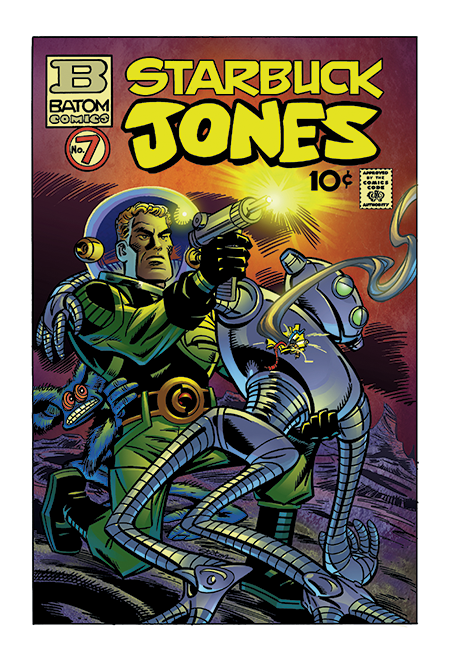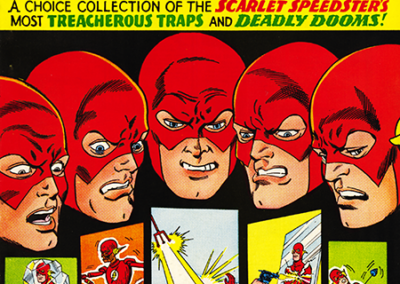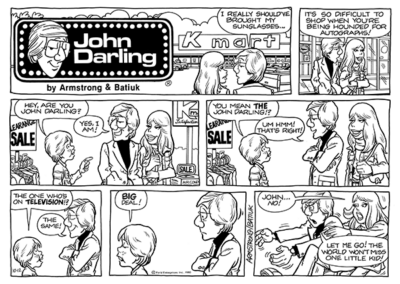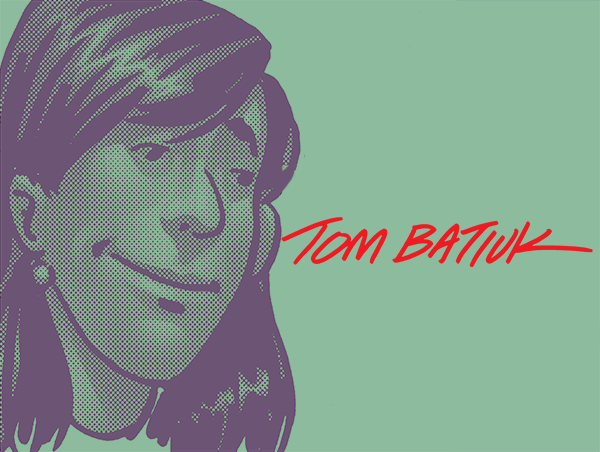The results were in and Starbuck Jones, the first comic book published by the fledging Batom Comics and the brainchild of writer Flash Freeman, was an astoundingly modest success – which was more than the publishers Barry and Thomas Martin had dared hope. Breaking even is generally not the goal that a new enterprise is shooting for, but in the summer of 1954, the entire comic book industry was barely breaking even so, all in all, the opening of of a bottle of champaign was not totally inappropriate.
The upstart company had scored with a superhero comic when superheroes were waning, and with science fiction which was never a big genre in comic books. And they did it with a stern faced Starbuck Jones on the cover firing a ray gun at the unseen foes who had shot his faithful right hand robot, Issac, thus defying two of Martin Goodman’s dictums against rockets, ray guns and robots. The rockets would come on the next cover because there would actually be a next cover thanks to the sales success of the first issue. In an interesting side note, the first issue of Starbuck Jones was actually numbered No.7. The Martin brothers feared that their audience of twelve-year-olds might not want to risk their dimes on an untested commodity, so the numbering began with number 7 to make it appear that the book had been around for awhile. However helpful this move may have been at the time, it created havoc with future collectors.
They also did it with a distribution system that was stacked against them. DC National, Dell, Archie and to a lesser extent Atlas and Charlton Comics all ruled the distribution roost. The distributors knew them as familiar commodities and were loath to give an upstart company from the midwest much if any attention at all. The first issues of Starbuck Jones could have been doomed to mold in their Third Street warehouse without a posthumous break from the publisher’s father.
Their father’s publishing business in Cleveland had been a good one, and the lynchpin client was without a doubt the local weekly Cleveland Catholic Diocese paper the Kingdom Come Gazette. It was the firm’s biggest client and it brought with it clout in the community including clout with the manager and devout Catholic who ran the midwest’s largest distributor of periodicals. When the first Batom Comic showed up he was at first inclined to consign it to the lowest circle of distributor hell, but, upon recognizing the publisher’s name, decided to do what he could to honor the memory of a departed friend and former client and helped to position the premier Starbuck Jones issue along side the better known brands like Superman and Archie. The east coast distributors seeing what he had done simply followed suit out of fear of being left out on the next big thing. And the rest, as they say, is history.
Still, Batom Comics were far from out of the woods. Down time on their presses cost them money and they were going to need more than one comic book to stay afloat. Once again, it would be the creative mind of Flash Freeman that would come to the rescue.






